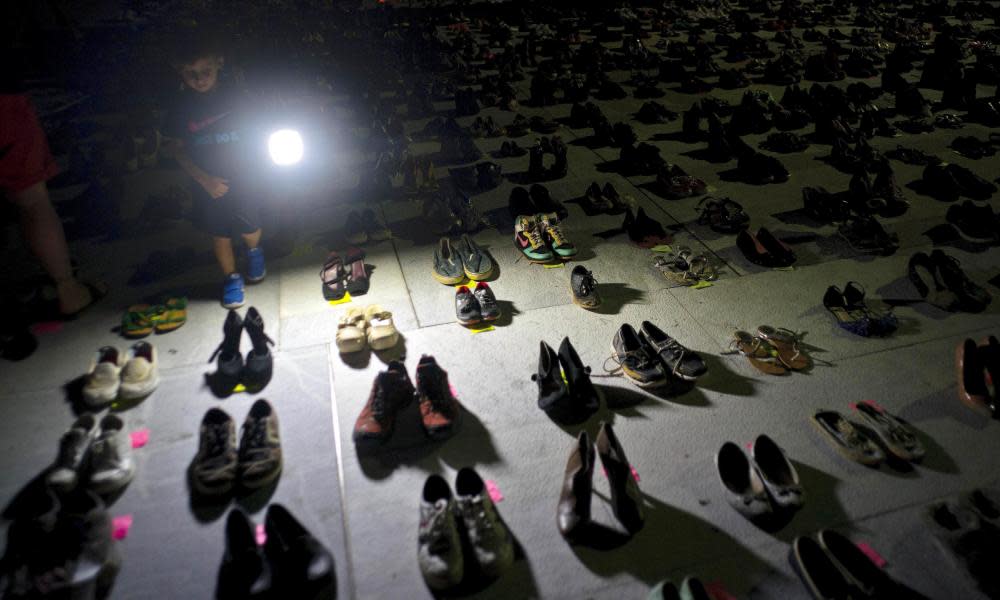Donald Trump was not the only one who failed to aid Puerto Rico

Hurricane Maria would have killed my mother. I know that for a fact.
She was dependent on oxygen and on medications that would have run out. Her house would have flooded. With no way out, her heart would have succumbed to the stress. Gasping for air, she would have died. Maybe she would have died in my arms – if I was lucky enough to get there in time. Most probably, she would have died alone. The thought haunts my sister and I. It pains us both to admit we are grateful she died before Maria devastated Puerto Rico.
My mother would have been one of Maria’s fatalities and as with so many others her death would have blamed on “natural causes”. This is how the true extent of Maria’s devastation has been hidden.
A Harvard study published last week in the New England Journal of Medicine estimates that at least 4,645 deaths are linked to Maria and its aftermath. According to the study, many people, probably thousands, died in the weeks and months after Maria, when the island struggled without electricity and the local government did next to nothing to fight the indifference and negligence of the Trump administration.
Local officials initially estimated the number of dead at 16. Who can forget when Trump congratulated Governor Ricardo Rosselló for the “fact” so few had perished? Trump went on to rate himself a 10 out of 10, as is his fashion for a job well done. He called it a good news story. (Although he did scold the Puerto Ricans for unbalancing his budget as he gifted us paper towels, lobbed high in the air.) After Trump’s plane took off, the death toll rose to 64.
We knew the number was wrong. We heard stories about families burying their dead beneath patios, patients drawing last breaths because they had no more oxygen or access to dialysis machines, people who died from pneumonia, from respiratory or kidney failure, or who were just simply swept away by the flood waters. The infirm and the aged, those were the victims.
Local journalists and those of us in the Diaspora asked the question, again and again: How many died? We asked: How are you counting them? What is the methodology? Why do you continue to hide the truth? We were accused of being conspiracy theorists, of trying to discredit the Rosselló administration, of being “anti-American”. There was little, if any, transparency in the counting of the dead. Only vagueness and cliche and half-truths disguised as fact.
There is one particular instance that sticks in my mind. A Puerto Rican journalist, Julio Ricard Varela, of Latino Rebels, asked Puerto Rico’s commissioner of safety and public protection, Héctor Pesquera, if the death toll would rise. Pesquera’s answer? “In the land of possibilities, everything is possible.”
We did more than scratch our heads. We kept on asking.
Rosselló has welcomed the Harvard study and says he looks forward to studying it. How do you study the dead? How do you measure the desperation and the fear? How, governor, can someone have closure when they have every reason to believe their loved one did not die in peace? How many of the 4,645 died alone and scared? Can you count them now?
Rossello has failed his people. We want the truth, and have yet to receive it.
San Juan major Carmen Yulín Cruz, the lone voice demanding the truth, has called for the resignation of the officials in his government who wilfully peddled misleading numbers. I will go one step further. I believe Rosselló needs to go too.
He is a cowardly accomplice to Trump’s false narrative. At least 4,645 souls died on his watch. They need justice to be served. Meanwhile, Trump, who tweets about everything, has been silent about our dead. In his eyes, Puerto Rican lives do not matter. They only drain a budget.

 Yahoo News
Yahoo News 
